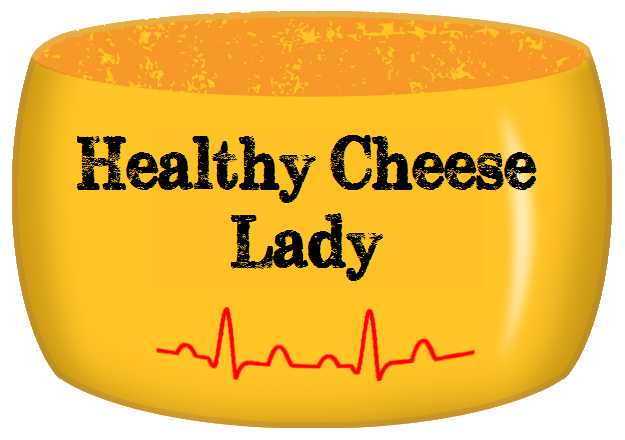THE PROBLEM: As of July, 2017, more than 100 million U.S. adults are now living with diabetes or prediabetes, according to a new report released today by the Centers for Disease Control and Prevention (CDC). The report finds that as of 2015, 30.3 million Americans – 9.4 percent of the U.S. population –have diabetes. Another 84.1 million have prediabetes, a condition that if not treated often leads to type 2 diabetes within five years (CDC)
Let’s review a recent publication.
14 December 2017 , pp. 989-997
TITLE: Substitutions between dairy product subgroups and risk of type 2 diabetes: the Danish Diet, Cancer and Health cohort
Authors: Daniel B. Ibsen, Anne Sofie D. Laursen , Lotte Lauritzen , Anne Tjønneland
https://www.ncbi.nlm.nih.gov/pubmed/29173212
https://doi.org/10.1017/S0007114517002896
Published online: 27 November 2017
ABSTRACT:
The aim of this study was to investigate the associations for specified substitutions between different subgroups of dairy products and the risk of type 2 diabetes.
We used data from the Danish Diet, Cancer and Health cohort including 54 277 men and women aged 50–64 years at baseline. Information regarding intake of dairy products was obtained from a validated FFQ, and cases of type 2 diabetes were identified through the Danish National Diabetes Register. Cox proportional hazards regressions were used to estimate associations. During a median follow-up of 15·3 years, 7137 cases were identified. Low-fat yogurt products in place of whole-fat yogurt products were associated with a higher rate of type 2 diabetes (hazard ratio (HR) 1·17; 95 % CI 1·06, 1·29) per serving/d substituted. Whole-fat yogurt products in place of low-fat milk, whole-fat milk or buttermilk were associated with a lower rate of type 2 diabetes (HR 0·89; 95 % CI 0·83, 0·96; HR 0·89; 95 % CI 0·82, 0·96; HR 0·89; 95 % CI 0·81, 0·97; per serving/d substituted, respectively). The pattern of associations was similar when intake was expressed as kJ/d (kcal/d). These findings suggest that intake of whole-fat yogurt products in place of low-fat yogurt products, low-fat milk, whole-fat milk and buttermilk are associated with a lower rate of type 2 diabetes.
DETAILS:
Researchers wanted to know if substituting whole-fat dairy in place of low-fat dairy reduced the risk of Type 2 diabetes in adults
# of subjects = 54, 277
Ages of subjects = Men and women, ages 50-64 yrs
Duration = Follow-up of 15.3 yrs
RESULTS:
1) Low-fat yogurt products in place of whole-fat yogurt products were associated with a higher rate of type 2 diabetes
2) Whole-fat yogurt products in place of low-fat milk were associated with a lower rate of type 2 diabetes
3) Whole-fat milk or buttermilk were associated with a lower rate of type 2 diabetes
REFERENCES:
- Tjonneland A, Olsen A, Boll K, Stripp C, Christensen J, Engholm G, Overvad K. Study design, exposure variables, and socioeconomic determinants of participation in Diet, Cancer and Health: a population-based prospective cohort study of 57,053 men and women in Denmark. Scand J Public Health 2007; 35: 432–41.
- https://www.ncbi.nlm.nih.gov/pubmed/17786808
- CDC website: https://www.cdc.gov/media/releases/2017/p0718-diabetes-report.html

